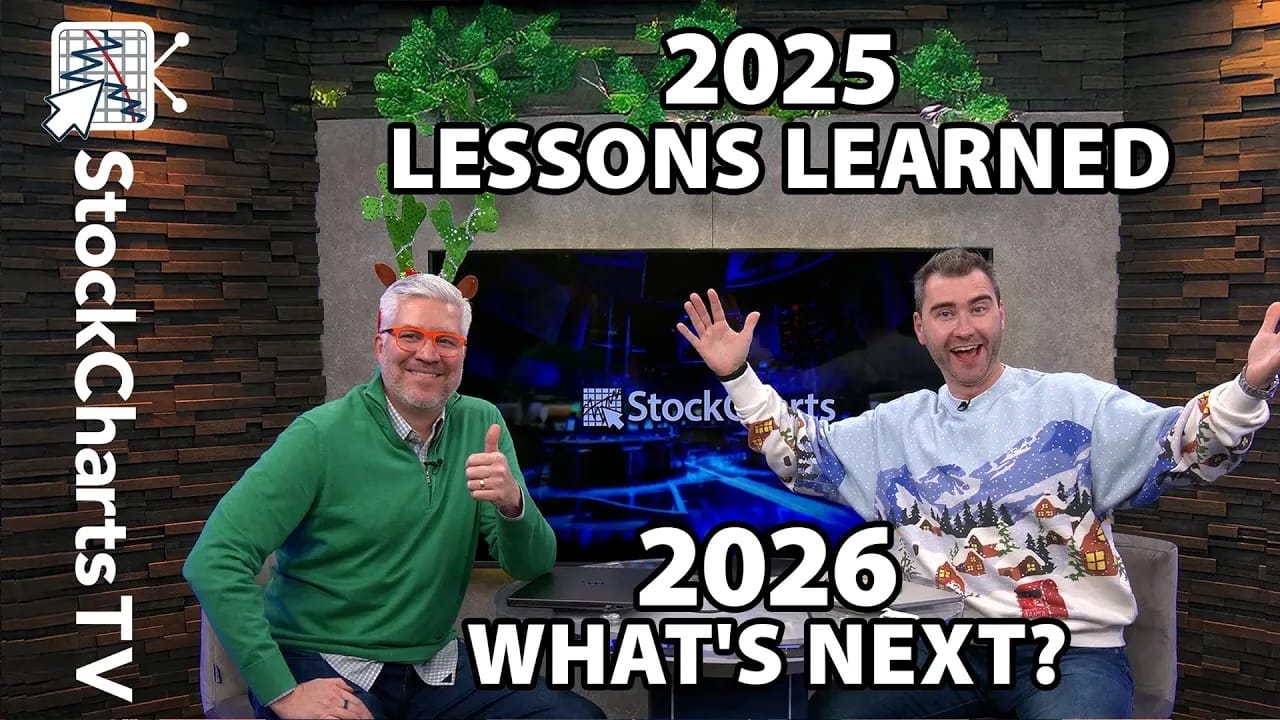DOW AND S&P 500 BOUNCE OFF MAY LOW -- A SHORT-TERM TOP, HOWEVER, COULD LEAD TO A 38%-50% CORRECTION OF THE SPRING RALLY -- 200-DAY AVERAGES PROVIDE SUPPORT BUT ARE STILL DROPPING
RUSSELL RE-BALANCING CAUSES LATE VOLUME SPIKE... In yesterday's message, I showed the Dow and S&P 500 bouncing off chart support near their May lows. The ability to bounce off initial support prevented a more serious breakdown. I also suggested, however, that the late-week bounce could still be part of a "short-term" head and shoulders topping pattern. That would make the trendline drawn under the May/June lows a potential "neckline" as shown in Chart 1 which plots hourly bars for the S&P 500 SPDRS (SPY). That becomes an important support line since a close below it would signal a deeper correction. I also suggested that a close above the previous week's high would lessen the odds for lower prices. The 30-minute bars in Chart 2 show that initial resistance level to be at 92.70 for the SPY (927 for the S&P 500). Both the SPX and the SPY closed marginally lower on Friday. The late burst in Friday trading, however, was due primarily to the annual re-balancing of the Russell 2000 Small Cap and Russell 1000 Large Cap Indexes. That being the case, I wouldn't read too much into it.

Chart 1

Chart 2
SUPPORT LEVELS IF THE MAY LOW IS BROKEN... The daily bars in Chart 4 show the entire spring rally in the S&P 500 from 666 to 956. It also shows prices bouncing off the May low this week which has kept the spring uptrend intact. In case you're wondering what a break below the May low would mean, Chart 4 puts that possibility in some perspective. A downside correction normally retraces 38% to 50% of the prior uptrend. The green lines show those potential support levels if the May lows are broken. In my view, any pullback into that region would present better buying opportunities than those presented at current levels. Chart 4 also shows the 50- and 200-day moving averages providing some support this week. The 50-day ma also ended above the 200-day which is a positive sign.

Chart 3
200-DAY AVERAGE IS STILL DROPPING... The ability of most of the major market indexes to rise above their 200-day average is a positive sign for the market's long-term trend (as is the ability of the 50-day lines to cross above the 200-day). Another important element in a major uptrend, however, is an upturn in the 200-day line itself. The upper and lower solid lines in Chart 4 show 200-day "price channels". The lower line was last touched in March. In order for the 200-day moving average to start rising, the S&P 500 would have to reach its upper price channel at 1265. [A moving average will only start rising when the latest closing price is higher than the price 200 days ago]. The middle dotted line marks the midpoint between the two channel lines and represents another test of the staying power of the current uptrend. That potential resistance line currently sits at 965. Chart 5 applies a 50-day price channel to the S&P 500 (which helps determine the direction of the 50-day ma). An initial buy signal was given when the S&P crossed above the middle dotted line in late March. That dotted line (which currently sits at 891) is the first level of support. A close below that support line would turn the short-term trend lower. The S&P would have to fall all the way to the lower channel (currently at 826) to turn the 50-day average lower. [Over the short-run, therefore, the 50-day line should keep rising while the 200-day is falling]. The red dotted line shows overhead resistance at 965, while the blue dotted line shows short-term support at 891. I'd keep an eye on those two lines for clues to market direction.

Chart 4

Chart 5











